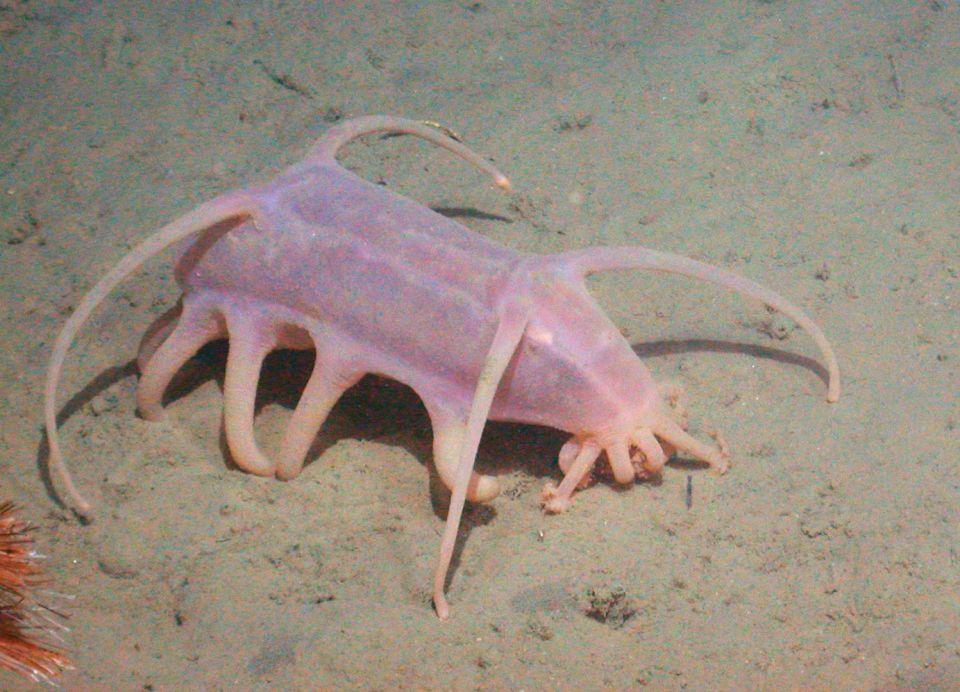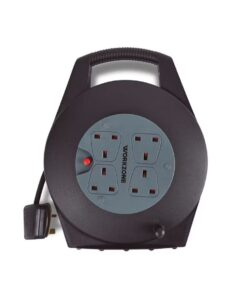STRANGE creatures dredged up from the Antarctica seafloor by scientists may have previously been undiscovered.
Australian scientists captured a jelly-like, eyeless ‘sea pig’ and palm-sized spiders on a recent voyage.
It may also be the first time some of these creatures have been seen by human eyes.
“[We’ve collected] a really large diversity of a broad suite of marine life, and likely some new species to science,” Jan Strugnell, a professor of marine biology at James Cook University in Queensland, told ABC News.
Researchers were trawling the seafloor aboard icebreaker ship RSV Nuyina when they started bringing up a large variety of nightmarish deep-sea organisms.
The ship is on a 60-day voyage across the Southern Ocean to the Denman Glacier.
READ MORE ON SEALIFE
One of the strangest creatures was a sea pig – a bizarre type of sea-cucumber that gets their name from their bloated bodies and stubby little legs.
These creatures typically live between 3,300 and 19,500ft deep.
They are used to a dense pressure environment, which roughly 380 times greater on the Antarctic seafloor than on the surface.
Therefore sea pigs – and other deep-sea creatures – can look very different on the surface than they do in their natural habitat.
Most read in Science
The sea pig, for example, is typically more uniform when crawling along the sea floor, than the squishy lump it turns into when brought above the surface.
Scientists also found sea spiders “as big as your hand” and sea stars “that grow to the size of a dinner plate”, added Strugnell.
Sea spiders, while a closer relation to the crab than a true spider, have eight long, spindly legs and tiny bodies.
Some species having a leg span of up to 20 inches (51 cm).
Creatures that are more on the delicate, or tiny, side were captured using a special “wet well” – a tank that holds seawater and can keep marine organisms alive after they’re fished out of the water.
One fragile creature scientists were able to study was a sea butterfly, a type of sea snail that glides majestically through water.
The specimen they captured, nicknamed “Clio”, laid eggs in one of the aquariums on the ship.
It was the first time researchers have been able to study how these eggs develop.
“The team is super excited about having the little creature and observing it and looking after it, so that it tells all the secrets that have been hidden until now,” Laura Herraiz Borreguero, an oceanographer at the Commonwealth Scientific and Industrial Research Organisation (CSIRO) and the Australian Antarctic Program Partnership (AAPP), told ABC News.














